The night sky has long been a source of fascination and mystery, with the moon playing a significant role in many cultures and belief systems. For centuries, people have sought to understand the meaning behind the moon’s phases, particularly when it comes to its appearance during certain events known as blood moons. These rare occurrences have sparked intense interest and speculation, with some believing they hold prophetic significance. As we explore the mysteries of the moon and its connection to biblical prophecy, one question remains at the forefront: what does the moon truly signify, and how can we decipher its message?

Understanding God’s Message About the Moon in Revelation
The Bible mentions the moon becoming “as blood” in Revelation 6:12, which reads, “The sun shall be turned into darkness, And the moon into blood, Before the coming of the great and awesome day of the LORD.”
- Interpreting the Significance: In biblical prophecy, the moon often represents the Church or the people of God.
- Lunar Events and Spiritual Insights: Astrology and lunar events have been studied extensively, offering valuable insights into the spiritual realm and its connection to celestial phenomena.
- Blood Moons and Their Implications: A blood moon is a rare lunar event where the moon appears reddish due to atmospheric conditions, sparking interest in its potential significance in biblical prophecy.
As we delve deeper into the meaning behind the moon turning to blood, it’s essential to consider the broader context of Revelation and its themes of judgment, redemption, and the return of Jesus Christ.
- Contextualizing the Passage: Revelation 6:12 is part of a larger narrative describing the seven seals, which unfold the sequence of events leading up to the Second Coming.
- The Sun and Moon as Symbols: In biblical symbolism, the sun often represents God’s glory and power, while the moon symbolizes the Church or humanity’s relationship with God.
- The Day of the Lord: This phrase refers to a future period of divine intervention, marked by judgment, restoration, and the ultimate triumph of God’s kingdom.
By examining the passage through the lens of biblical interpretation and understanding the symbolic meanings associated with the sun and moon, we can gain a deeper appreciation for the significance of the moon turning to blood in Revelation 6:12.
Exploring the Connection Between Lunar Events and Biblical Prophecy
While the exact timing and nature of the events described in Revelation remain uncertain, studying lunar events and their connections to biblical prophecy can offer valuable insights into the workings of the universe and our place within it.
- Astrological Perspectives: Astrologers and astronomers have long been fascinated by the relationships between celestial bodies and human affairs, seeking to understand the underlying patterns and rhythms governing our world.
- Spiritual Reflections: As we contemplate the moon’s transformation into blood, we’re reminded of the interconnectedness of the physical and spiritual realms, inviting us to reflect on our own relationship with the divine.
- Seeking Clarity and Understanding: By embracing a multidisciplinary approach, combining biblical scholarship, astronomical observations, and spiritual reflection, we can deepen our comprehension of the mysterious and awe-inspiring phenomenon of the moon turning to blood.
Navigating the Intersection of Faith and Astronomy
As we explore the intersection of faith and astronomy, it’s crucial to approach these topics with sensitivity, respect, and an open mind, recognizing the complexities and nuances involved in interpreting biblical prophecy and celestial events.
- Embracing Mystery and Wonder: Rather than seeking definitive answers, we can cultivate a sense of awe and curiosity, acknowledging the mystery and wonder inherent in the universe and its many secrets.
- Fostering Dialogue and Understanding: By engaging in respectful conversations and exploring diverse perspectives, we can foster greater empathy and understanding, ultimately enriching our individual and collective experiences.
- Cultivating a Deeper Relationship with the Divine: Through our exploration of the moon’s transformation into blood, we may discover fresh insights into the nature of God, the universe, and our place within it, deepening our connection to the divine and inspiring a renewed sense of purpose and meaning.
Is the Moon Turning Red in 2024 in the USA?
A blood moon occurs when the Earth’s moon passes through the Earth’s shadow during a lunar eclipse.
- The last blood moon occurred on October 28, 2022
- The next blood moon is scheduled to occur on March 14, 2025
- Blood moons can appear red due to the scattering of sunlight through the Earth’s atmosphere
- Lunar eclipses occur when the Earth aligns between the sun and the moon
While there won’t be a blood moon in 2024, we can still explore the phenomenon and its significance.
What Causes a Blood Moon?
A blood moon is caused by the Earth’s shadow falling on the moon during a lunar eclipse.
- The Earth’s shadow has two parts: the umbra and the penumbra
- The umbra is the darker inner shadow where the sun is completely blocked by the Earth
- The penumbra is the lighter outer shadow where the sun is only partially blocked by the Earth
- When the moon passes through the umbra, it takes on a reddish hue
Why Are Blood Moons Significant?
Blood moons have been associated with various cultural and spiritual significance throughout history.
- In many cultures, blood moons are seen as a sign of change or transformation
- Some people believe that blood moons hold spiritual power or significance
- Others see blood moons as a reminder of the beauty and wonder of the universe
Conclusion
While there won’t be a blood moon in 2024, understanding the science behind this phenomenon can deepen our appreciation for the natural world.

The Bible’s Perspective on the Moon
In the biblical account of creation, the moon plays a significant role in separating day from night and marking seasons, days, and years.
-
Genesis 1:14-18 describes the moon as one of God’s great lights, created to fulfill this purpose.
-
Psalms 104:19 reiterates this concept, emphasizing God’s role in establishing the moon to mark the seasons.
-
Psalms 136:9 praises the moon as a testament to God’s enduring love and faithfulness.
Blood Moons and Their Significance
Blood moons have been associated with various biblical prophecies and events, including:
-
The destruction of Jerusalem in 70 AD, which was accompanied by a blood moon.
-
The return of Jesus Christ, which some believe may be preceded by a series of blood moons.
-
The establishment of the modern state of Israel, which some see as a fulfillment of biblical prophecy.
Interpreting Biblical Prophecies
When interpreting biblical prophecies related to the moon, it’s essential to consider the historical and cultural context in which they were written.
-
Understanding the language and symbolism used in ancient Hebrew texts can provide valuable insight into their meaning.
-
Considering the broader themes and motifs present in the Bible can help identify patterns and connections between seemingly unrelated passages.
-
Praying for wisdom and discernment can aid in accurately interpreting complex biblical prophecies.
Conclusion
The Bible provides a rich and nuanced perspective on the moon, highlighting its significance in the creation narrative and its potential connection to biblical prophecies.
By studying the Bible’s teachings on the moon and considering the historical and cultural context in which they were written, we can gain a deeper understanding of God’s plan and purposes for humanity.

What Does the Moon Symbolize Biblically?
The moon has been a subject of fascination and interpretation in various cultures and religions, including Christianity.
- Judgment and Sin: In biblical contexts, the moon often represents judgment and sin. For example, in Joel 2:31, the moon turns to blood, signifying God’s wrath and judgment upon humanity.
- Uncertainty and Chaos: The moon can also symbolize uncertainty and chaos, reflecting the unpredictable nature of life. In Psalm 121:6, the psalmist asks God to protect him from the “sun” and the “moon,” highlighting the dangers of relying on earthly powers rather than divine providence.
- Feminine Principle and Creation: Some interpretations associate the moon with the feminine principle and creation, emphasizing its role in nurturing and sustaining life. In Genesis 1:14-19, God creates the sun, moon, and stars to govern the cycles of day and night, underscoring the interconnectedness of creation.
- Hope and Redemption: Finally, the moon can represent hope and redemption, particularly in the context of Israel’s restoration and salvation. In Isaiah 60:19-20, the prophet describes a future era where the moon will shine brightly, symbolizing God’s presence and glory among his people.
In conclusion, the moon holds significant meaning in biblical contexts, representing judgment, uncertainty, the feminine principle, and hope. By understanding these diverse interpretations, we can deepen our appreciation for the rich symbolism and themes present in Scripture.
What Does a Moon Mean Spiritually?
The concept of a moon has been deeply rooted in various cultures and spiritual traditions, symbolizing different aspects of human existence.
- Lunar Cycles: The moon’s cycles have long been associated with the ebbs and flows of life, representing growth, transformation, and renewal.
- Emotional Connection: In many spiritual traditions, the moon is seen as a reflection of our emotional selves, influencing our moods, intuition, and connection to our inner world.
- Feminine Energy: The moon is often linked to feminine energy, embodying qualities such as receptivity, nurturing, and cyclical patterns.
Spiritual Significance of the Moon Phases
- New Moon: A time for new beginnings, setting intentions, and planting seeds for future growth.
- Waxing Crescent: Representing growth, expansion, and increasing light.
- Full Moon: Symbolizing completion, fulfillment, and illumination.
- Waning Gibbous: Embodying release, letting go, and surrender.
- Last Quarter: A time for review, reflection, and readjustment.
Working with the Moon’s Energies
To tap into the moon’s spiritual significance, consider the following practices:
- Moon journaling: Reflecting on your thoughts, emotions, and experiences during each phase.
- Meditation: Connecting with the moon’s energies through guided meditations or simply sitting in silence.
- Rituals: Creating personal rituals, such as lighting candles or performing ceremonies, to honor the moon’s cycles.
Integrating Lunar Wisdom into Daily Life
By embracing the moon’s spiritual significance, you can cultivate greater awareness, balance, and harmony in your daily life.
- Listen to your intuition: Trust your instincts and inner wisdom, just as the moon guides us through its cycles.
- Nurture yourself: Prioritize self-care and self-love, just as the moon nurtures the tides and the earth.
- Let go of attachment: Release what no longer serves you, just as the waning gibbous moon releases its hold on the night sky.

Why the Moon Holds Spiritual Power
The moon has long been revered for its mystical and spiritual significance, captivating human imagination across cultures and centuries.
-
Lunar Cycles and Human Emotions
The moon’s cycles have been observed to influence human emotions, with many believing that its phases can affect our moods, behaviors, and even physical health.
- The full moon, often associated with heightened energy and emotional intensity, can trigger feelings of anxiety, restlessness, and insomnia in some individuals.
- In contrast, the new moon represents a time of renewal, introspection, and quiet contemplation, allowing us to recharge and refocus our intentions.
Spiritual Significance and Symbolism
The moon has been imbued with symbolic meanings across various spiritual traditions, representing the feminine principle, receptivity, and the subconscious mind.
- In many indigenous cultures, the moon is seen as a symbol of fertility, abundance, and nurturing qualities.
- In some esoteric traditions, the moon is associated with the goddess archetype, embodying qualities of intuition, compassion, and wisdom.
Celestial Influences and Personal Growth
The moon’s gravitational pull on the tides has led some to believe that its energies can impact our personal growth, influencing our ability to adapt, navigate change, and tap into our inner wisdom.
- By tuning into the moon’s cycles, we may become more attuned to our own emotional rhythms, learning to harness our energies and respond to life’s challenges with greater resilience.
- The moon’s waxing and waning phases can serve as a reminder to balance our masculine and feminine aspects, embracing both the light and dark aspects of ourselves.
Practical Applications and Rituals
To tap into the moon’s spiritual power, we can engage in various rituals and practices that honor its cycles and symbolism.
- Moonlight meditation, journaling, or simply spending time under the night sky can help us connect with the moon’s energies and cultivate a deeper sense of self-awareness.
- Working with moon-related herbs, crystals, or essential oils can enhance our connection to the lunar cycle and amplify our intentions.
As we explore the moon’s spiritual significance, we may discover new ways to nurture our souls, honor the divine feminine, and cultivate a deeper understanding of ourselves and the world around us.

0 Comments